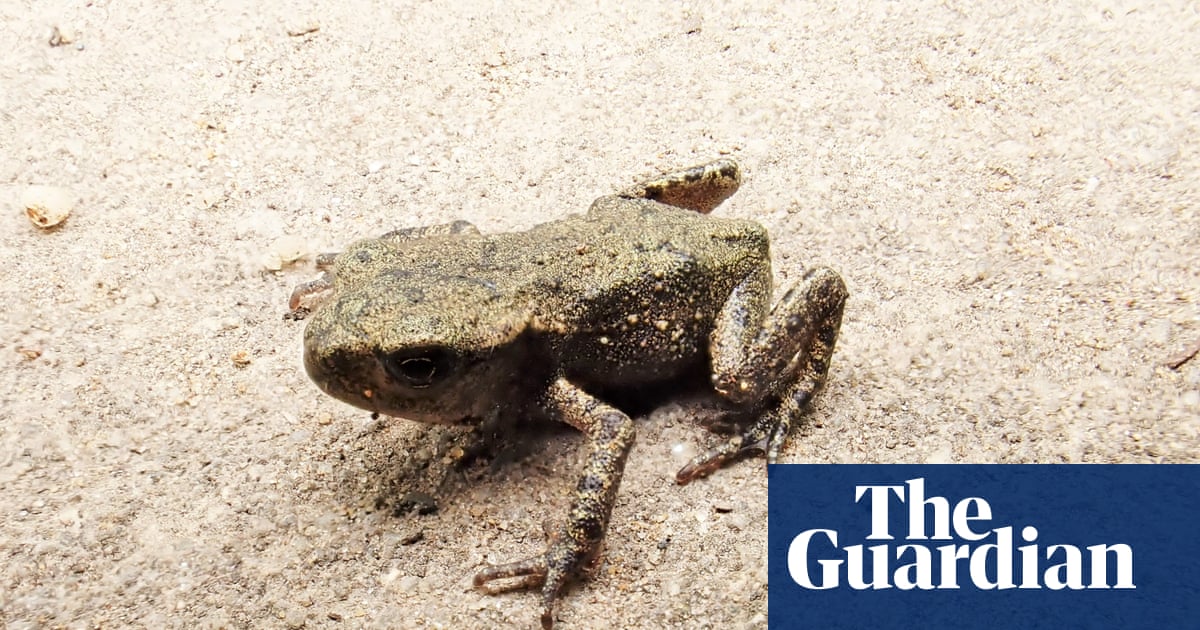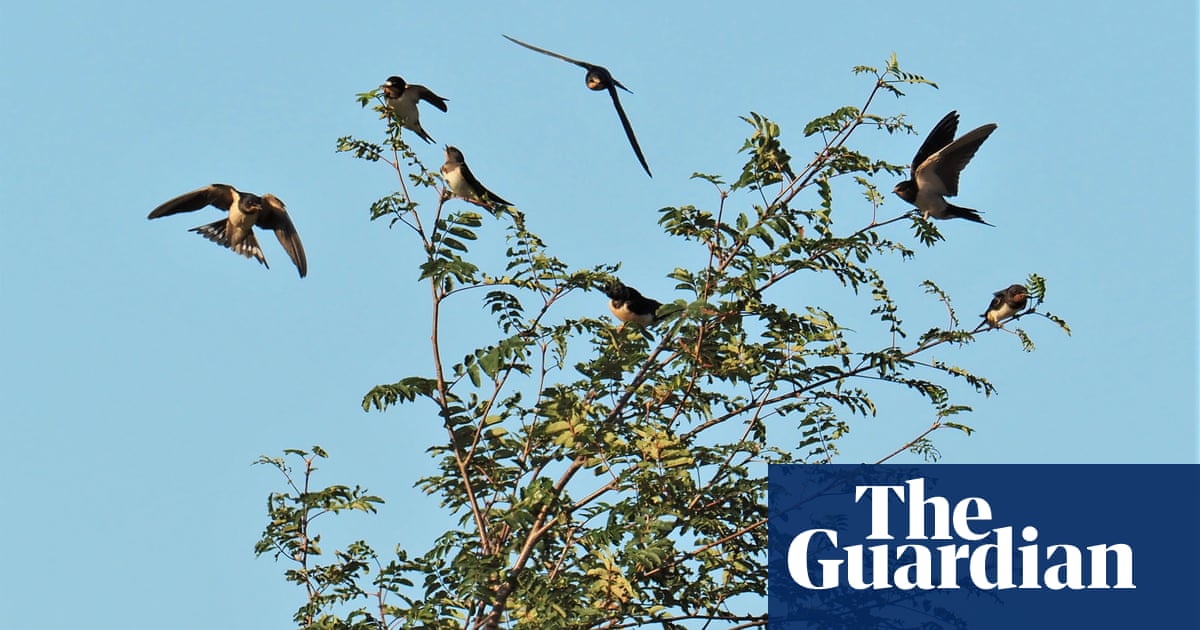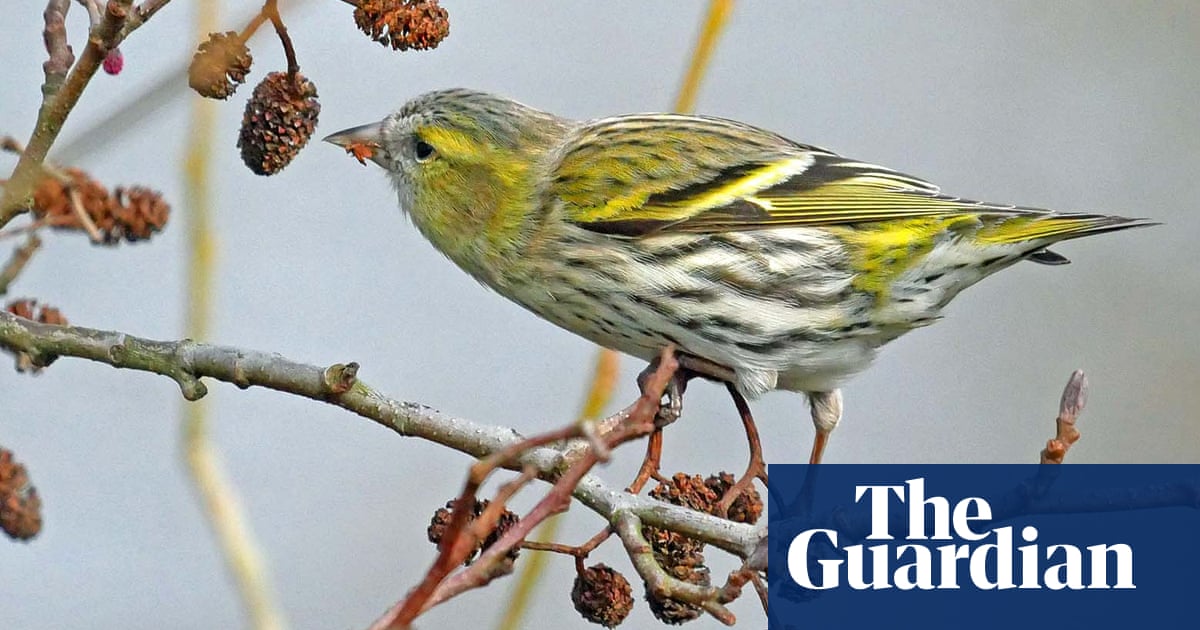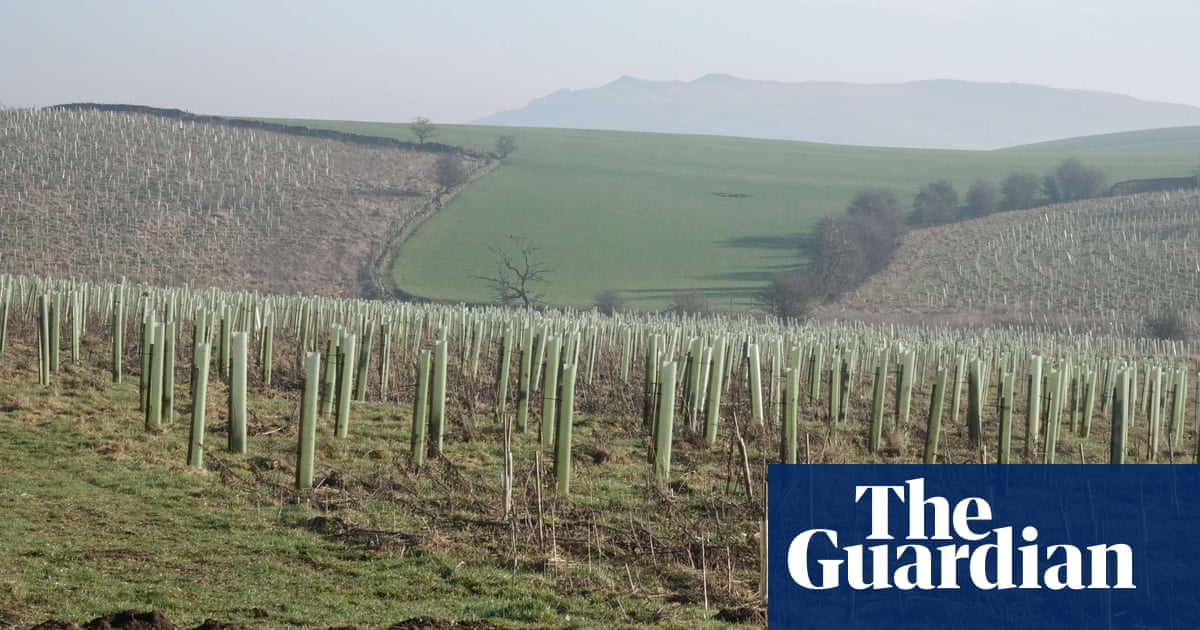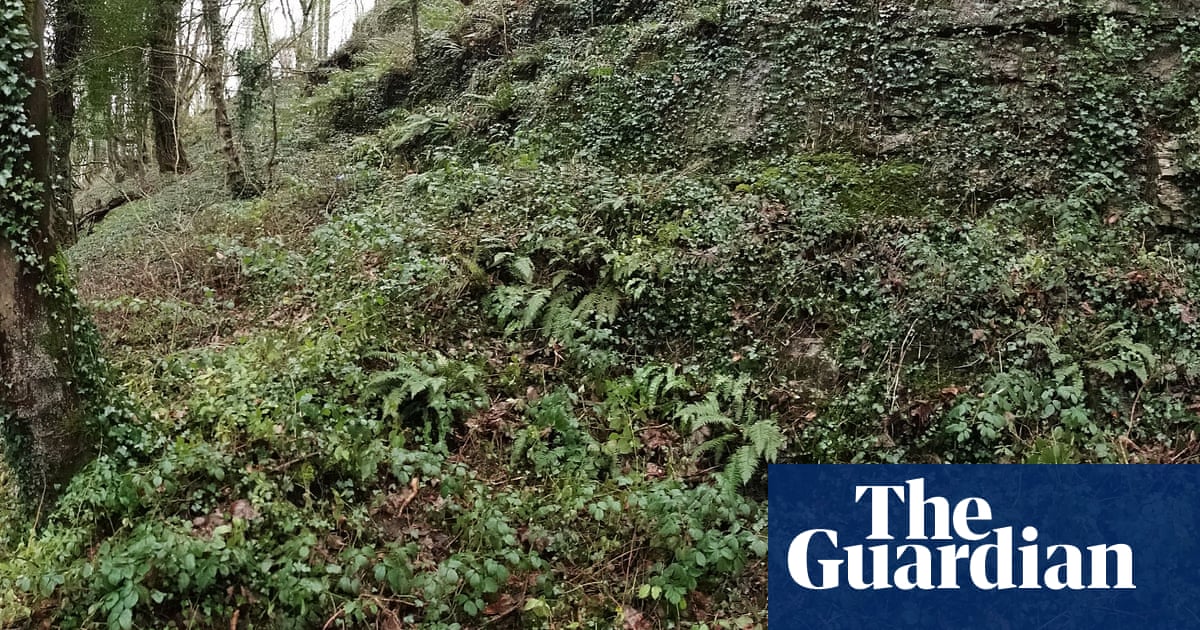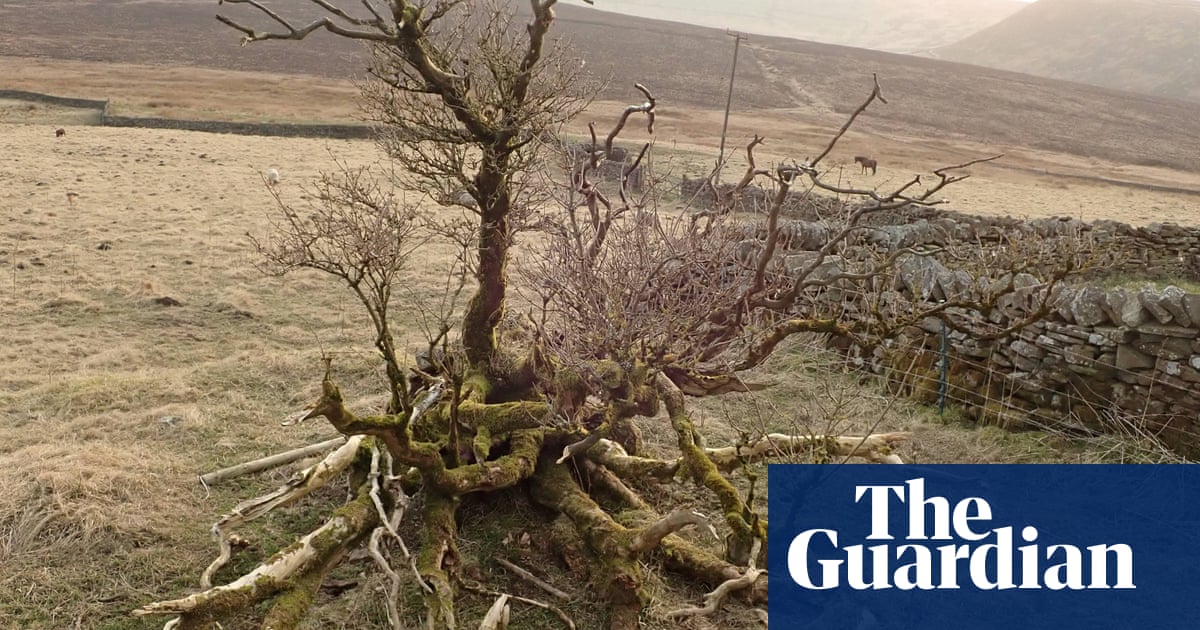
It might not sound much to describe a particular elder as my favourite tree in this hamlet, given that it’s about the only native tree growing here. The exposed conditions of these moorlands (which include Flash, England’s highest village) are not conducive to many species, and this elder is probably close to its own altitudinal limit.
Yet each time I visit, I pay my respects. What gives the tree its favourite status are its curious conditions. Half the roots are exposed in a moss-mounded semi-circle and it is now only held “upright” by what strength remains in seven rotting limbs that are flat to the ground. Three branches comprise the main living tissue and are raised skywards, but at an angle of 60 degrees.
It is one of those classic victims, felled by wind-throw, that resolutely refuses to die. Come spring, it seems particularly wonderful to see how the elder’s bone-coloured winter branches are reinterred in almost frothy green foliage. Yet, to offer it heroic status sits somewhat oddly with the species: the elder is a grow-fast, die-young beast whose timber is notoriously weak and unreliable. The bark is so flimsy that it is lighter than cork. To make matters worse, we have long steeped the poor thing in negative folklore. Elder was thought of as evil – in Derbyshire they even called it Devil’s-wood – and had a reputation as the trunk on which Judas hanged himself.
In real life, elders have many strong alliances. They thrive in heavily nutrified ground and often grow around ruined stables or byres (cowsheds), where the stock must have fertilised the ground for generations. The blossoms are a draw for multitudinous insects and the tender leaves are favourites of aphids, while the fruit is beloved of many birds. Starlings are particular fans – newly moulted immatures, acquiring their star-burst of pale spots, often scramble through the foliage, which itself bears a galaxy of shining black berries.
I cherish the idea that this tree was born of mistle-thrush shit, since those birds are lovers of elder fruit and also neighbours in Knotbury. At present, the song of the male softens the iron-clad grey cloud over the village with its glorious far-carrying song.





